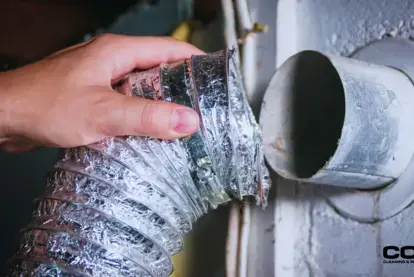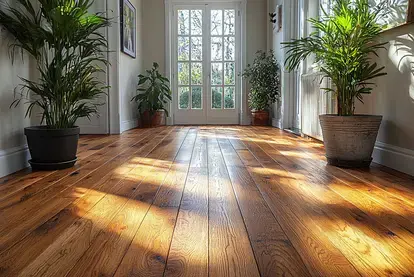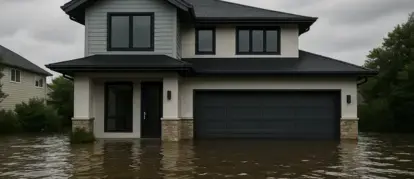
What to do if my house floods?
What Do I Do If My House Floods in Seattle?
With its proximity to several waterways, such as the Puget Sound and Lake Washington, along with extensive periods of heavy rainfall, Seattle is known to experience a fair amount of flooding. Between electrical hazards and property damage, it’s important to understand the risks involved with sudden water damage and know how to address the situation calmly and promptly.
Serving the Seattle area since 1938, Superior Restoration specializes in emergency flood damage restoration services, and we’re here to provide you with the exact steps to take at the first sign of a flood to protect your family and prevent further damage to your home and property.
In this article, we’ll be walking homeowners through an 8-step flooded house cleanup checklist, including water mitigation steps, immediate safety precautions, damage control, insurance documentation, and when to call in the experts.
Need fast help after a flood? Contact Superior to request our services now.
Step 1: Prioritize Safety First
Because water inside the home can create many safety hazards, such as electrocution and slippery floors, safety should be a top priority.
Evacuate if Needed
If water is entering the home at a rapid pace, either due to a sewage leak, burst pipe, or perhaps a natural disaster, evacuate the home immediately and seek dry, safe shelter elsewhere. Ensure all members of your household—including pets—are safe and accounted for.
Turn Off Power and Water (If Safe)
If it’s safe, i.e., you don’t have to move through any water to locate the power/water valve, you’ll want to turn off your power and main water valve. If the conditions appear too dangerous, do not attempt to turn the power off yourself. Contact your utility company and request that they turn your power off for you.
Watch for Slips, Contaminated Water, and Gas Leaks
Slipping, contaminated water, and gas leaks are also common hazards to be mindful of when experiencing a flood.
- Slipping Hazards: When water enters the home, floors can become wet, making it easier to slip and fall. In addition to water, any mud that may have been brought with the floodwater can make for extremely slippery conditions.
- Contamination: Moving floodwaters can pick up a variety of pollutants, such as sewage, which can then be carried into your home and create an unsafe, contaminated environment.
- Gas Leaks: Strong floodwaters and debris carried by floodwaters have the potential to damage gas pipelines and other appliances, which can result in a gas leak.
In consideration of this combination of hazards, it’s crucial to ensure your property is deemed safe before moving forward with the cleanup process.
Step 2: Document the Damage for Insurance
In the case of floodwater damage, it’s important to provide proof of loss to ensure you receive the appropriate compensation from your insurance provider.
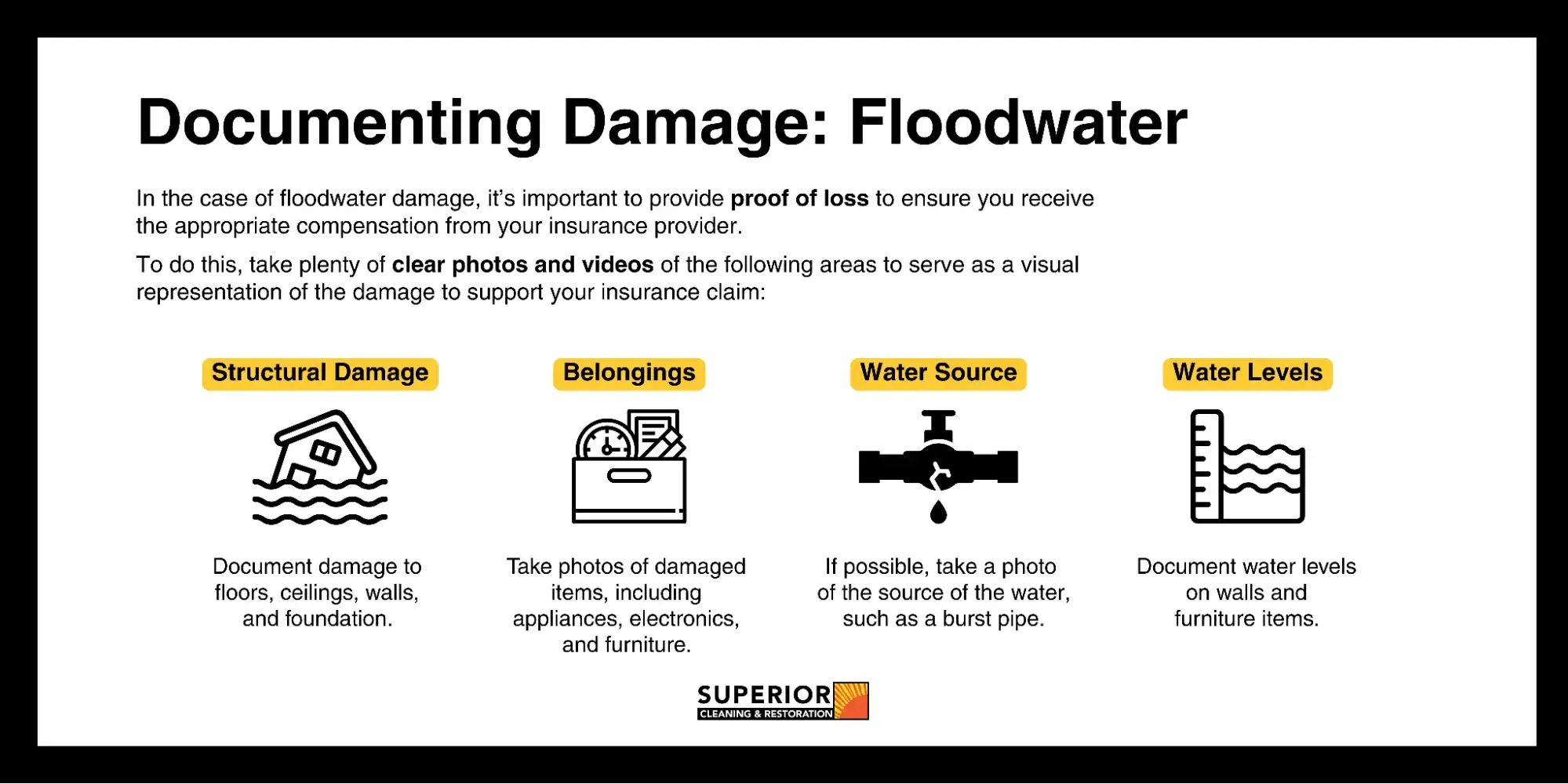
Take Photos and Video Before You Start Cleaning
Before you begin the cleanup process, you’ll want to document the damage for insurance purposes thoroughly. To do this, take plenty of clear photos and videos from inside and outside of your property to serve as a visual representation of the damage to support your insurance claim. Submitting clear visual evidence of damage in the form of a photograph or video can help speed up the insurance claims process and facilitate a fair settlement.
Don’t Throw Away Damaged Items Just Yet
While some of your items may be damaged as a result of flooding, it’s important to hold onto them as tangible proof of loss. In addition to this proof, some of your items may be salvageable with the help of professional content restoration services, so you may not want to throw them away until after your property has been assessed.
Contact Your Insurance Company Promptly
Contact your insurance provider as soon as you’re able to initiate the claims process, schedule an adjuster visit, and expedite the claims process.
![What Do I Do If My House Floods? [8 Steps] | Coit](/sites/default/files/styles/original/public/media/2025-09/Coit-Restoration-CTA-Water-Damage.png.webp?itok=9rGQsHWC)
Step 3: Stop Further Damage If You Can
If your property is safe and secure, you can attempt to prevent further damage by moving your valuables, using fans to dry out wet areas, and removing any standing water.
Move Valuables to Dry Areas
If you’re able to locate and access your valuables, you can begin moving them to dry areas so they can avoid further damage and begin to dry out.
Use Fans and Dehumidifiers
Using fans and dehumidifiers is a great way to prevent moisture damage, assist in drying out a house by speeding up overall drying times, and avoid mold after flooding.
Remove Standing Water if Possible
You can begin to remove standing water by either using a bucket and a mop or by using a wet/dry vacuum.
Step 4: Don’t Wait to Call a Professional Restoration Team
Mold can begin to grow within 24-48 hours, which means you shouldn’t wait to call in a professional restoration team.
With one of the largest emergency fleets in the Northwest, Superior Restoration can dispatch crews to a site 24 hours a day, 7 days a week. While you might be able to accomplish some of the water damage cleanup on your own, it helps to seek the help of professionals with state-of-the-art equipment needed to perform thorough water extraction procedures and prevent further structural damage as a result of water damage.
For 24/7 emergency water removal, contact Superior Restoration today.
Step 5: Understand the Categories of Water Damage
There are three categories of water damage: clean water, gray water, and black water. Understanding the type of water damage you are experiencing can help mitigate further damage and help determine how to address the situation properly.
- Clean water—The least harmful of the three, clean water damage stems from a sanitary source, such as rainwater or a leaking appliance. Although it’s the least harmful, it can still cause structural damage and mold if left untreated.
- Gray Water—More harmful than clean water but less harmful than black water, gray water stems from a domestic source such as a sink, dishwasher, washing machine, or toilet, and contains contaminants and other bacteria which can spread throughout the home and requires decontamination and sanitization.
- Black Water—The most harmful of the three, black water damage stems from sources such as sewage or floodwater and may contain hazardous and/or contaminants such as fecal matter, harmful pathogens, and toxins. Black water damage must be treated by professional water damage restoration specialists.
Step 6: Watch for Hidden Issues After Cleanup
When it comes to water damage, it’s important to look beyond the surface. Oftentimes, mold can be hidden behind walls or even under flooring. If you notice signs of wood rot, foundational cracks, warped flooring, foul odors, or even poor air quality from lingering moisture, these are all signs of water damage and could become greater issues if left untreated.
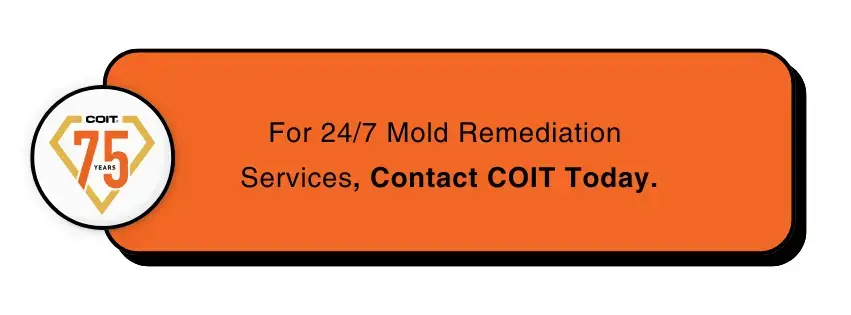
Step 7: Work with Trusted Restoration Experts
Floodwater damage often requires the help of professional restoration services, and it’s important to select a reputable company with years of experience addressing water damage.
Since 1938, Superior Restoration has helped home and business owners in the Seattle metropolitan area repair, restore, and replace damaged items after an emergency. When your home or business experiences an emergency, whether it’s floodwater damage or mold remediation, Superior’s certified and experienced restoration technicians can respond quickly to assess the situation and begin the restoration process.
Step 8: Prevent Future Flooding
If you live in an area that is prone to flooding, such as Seattle, prevention is key. By sealing noticeable cracks and installing sump pumps and water alarms, you can better equip your home for the possibility of a flood, protecting your household and your property from unexpected damage.
If you have recently experienced floodwater damage, don’t wait. Contact Superior today.

